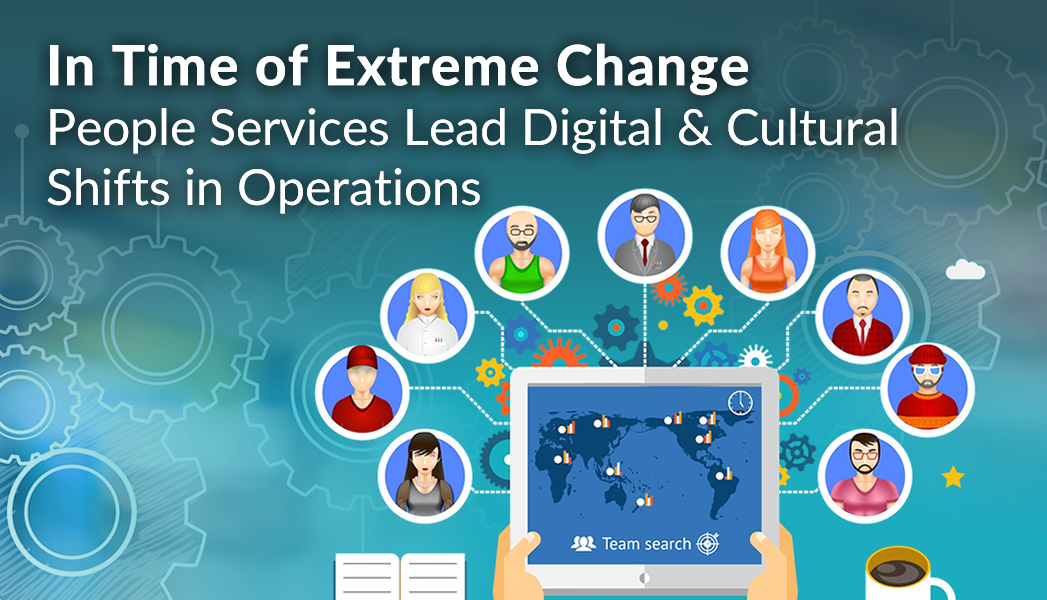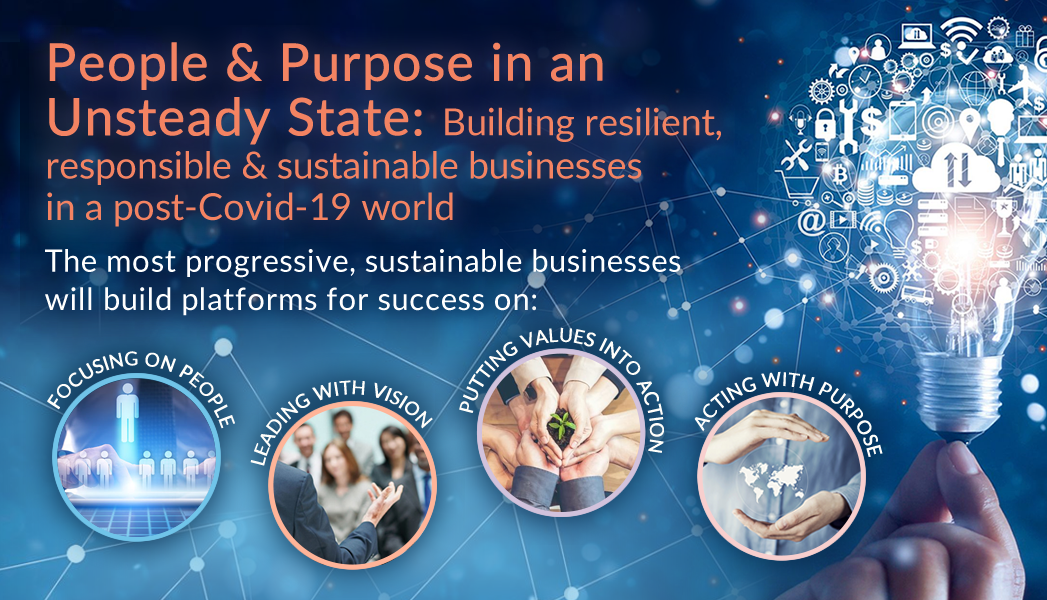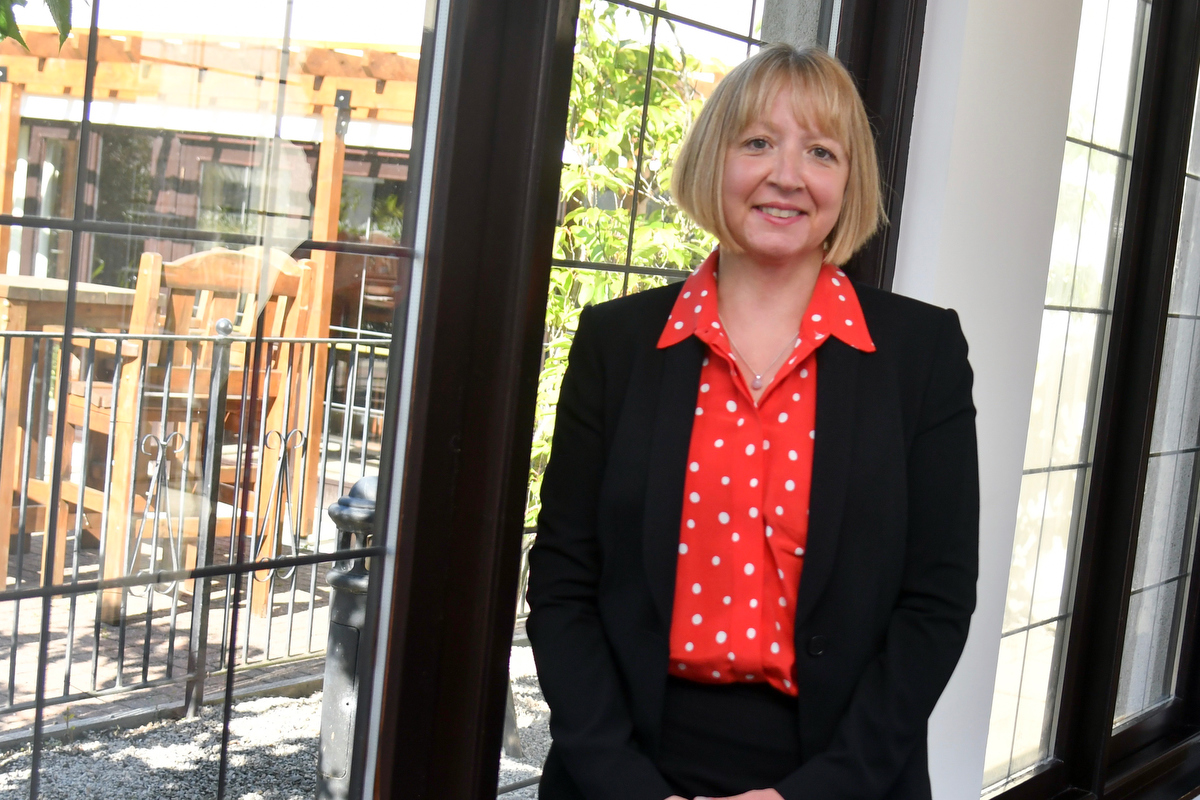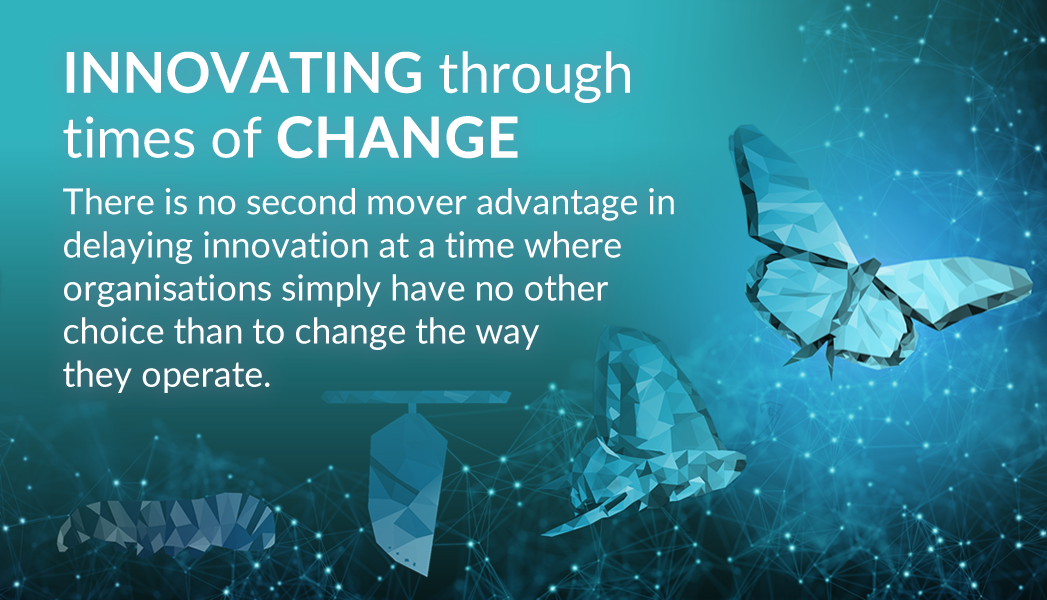
“I use PRINCE2”. “I apply Waterfall”. “I like Lean”. “I prefer Scrum”. “I <3 Agile!”
Every project manager has their favourite approach, and some swear by “the one”. But why choose one when you can have them all?
A blended approach to project management is becoming more common, especially given there are around 4,000 different methodologies to choose from. (OK, I’m exaggerating for effect – but only a little bit).
But how do you choose the best parts to pick – and from which approaches? Well firstly – don’t panic. There isn’t a “right” way to do this, and personal preference plays a huge part in delivering a successful project. But at the same time, that doesn’t mean you can’t make an informed choice. Let’s get into it.
Advantages of a blended approach
No 2 projects are ever the same. When you add things like different goals, teams, and industries, you won’t be able to find an approach that works for them all – believe me, I’ve tried! This is how so many different methodologies came to fruition, with different teams realising that the “standard” approach just wasn’t working for them, and alternatives were created.
From my experience, a blended approach makes the project management process much more agile – in the literal sense of the word. You’ll be able to adapt to many more situations by being open to different techniques. This should translate into a much more efficient, confident and open delivery. And that will make for a much happier client (and team, and self).
Things to think about
There are always lots of considerations that can affect your decisions when choosing a methodology. Things like:
- Team size
- Timelines
- Client
- Budget
- Personal preference
Have these in your mind when making your choices. Best practices, methodologies, and experiences of all kinds can be worthwhile, but only if they suit the project’s distinct needs.
Don’t panic, and experiment!
When you first start out in your project management journey, it can be intimidating to think about how to choose the best approach for a project you’ve been trusted with.
I used to work at a company that used an agile approach, but the first course they got me to attend was PRINCE2 – and these are 2 very different methodologies! But this actually helped my development. It let me take bits and pieces from each methodology I came across, which in turn would become my “standard” way of working.
Don’t panic. There isn’t a “right” way to do all of this.
In my mind, it feels like a mistake to brush any technique aside, just because it’s not your standard practice.
Methods compared…
Each methodology comes with positives and negatives. For example, I really like the iterative flow of Agile, and its adaptability compared to methods like PRINCE2 and Waterfall. But some of the structure that comes with the PRINCE2 documentation ties in really well with certain aspects of a project, such as risk management, change control, and communication. So to my mind it feels like a mistake to disregard a technique, just because it is not standard practice in your method of choice.
Here are some of the benefits and pitfalls I’ve experienced:
Agile
PRO’s – collaborative, open to change, iterative
NO’s – limited documentation, no clear end result
Waterfall
PRO’s – Sensicle, step by step, easy to follow
NO’s – no room for error, no flexibility, unimaginative
PRINCE2
PRO’s – constant documentation, easy to use
NO’s – constant documentation, slow moving
Scrum
PRO’s – continuous improvement, efficient, visibility
NO’s – high possibility of scope creep, team HAS to be committed
Kanban
PRO’s – visual, easy to use, collaborative
NO’s – too simple, only good for very short projects, only scalable with other methods.
Lean
PRO’s – cost efficient, focused
NO’s – too much focus on reducing cost and waste instead of quality delivery.
Note: other methodologies are available.
These things take time. Don’t be afraid to experiment with different approaches. What are the chances you find your perfect combination, or combinations, straight off the bat? Pretty slim, right?
Think of it like making your favourite sandwich (seriously – hear me out…) You can probably think of your perfect combination of ingredients. But how many combos would you try before getting to your favourite? Even when you think you’re done, you could still play a little. Maybe add some pickles, or swap mayo for garlic mayo? It may not work the first time, but little tweaks here and there can lead to a great sandwich (or in this case, successful project delivery).









